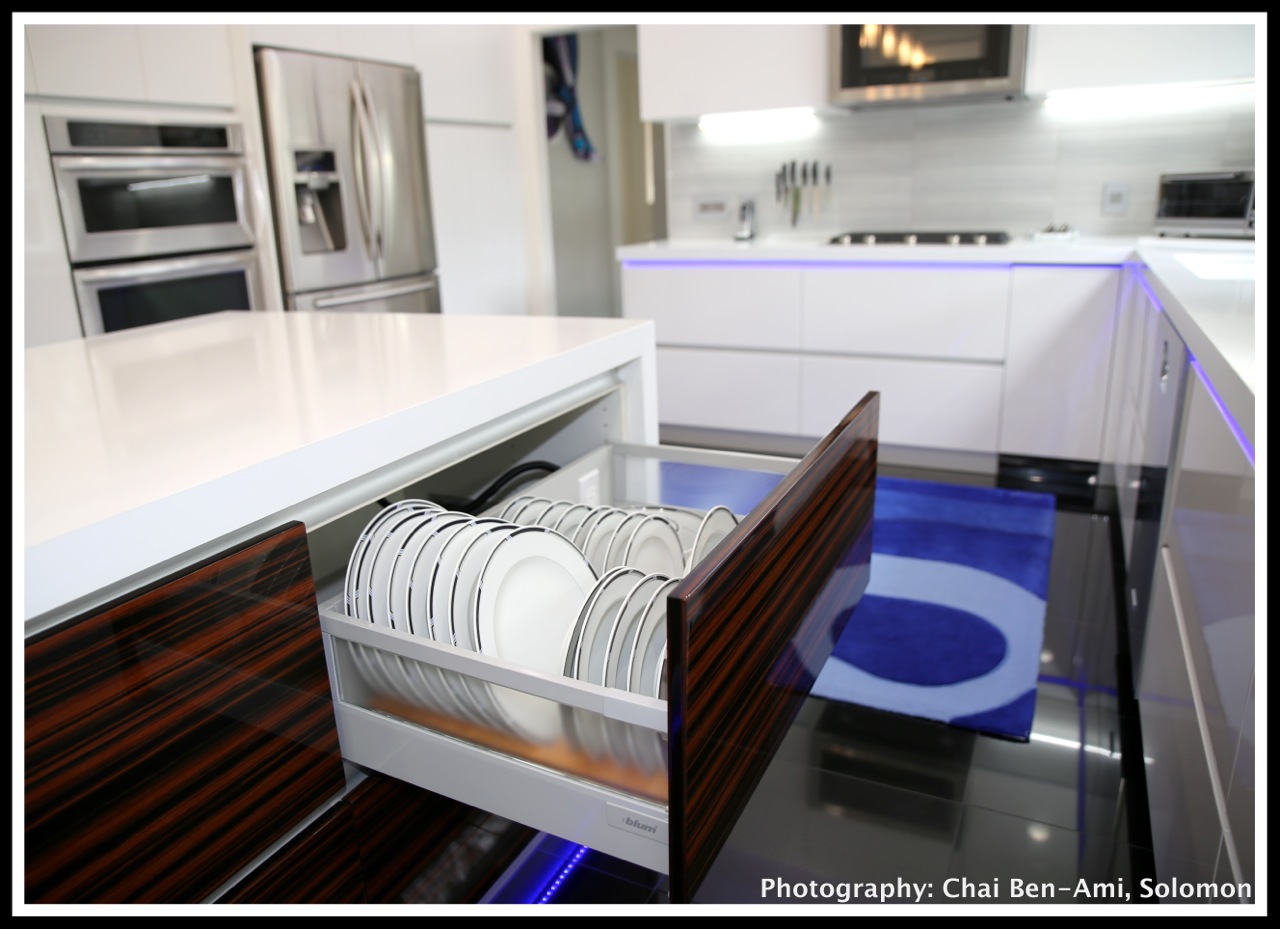Remodeling your home can be an exciting and rewarding endeavor. Whether you’re looking to enhance your living space’s functionality, boost its aesthetic appeal, or increase its resale value, a well-planned remodeling project can make a significant difference. However, to achieve the best results, you need to follow a systematic approach. This article will walk you through the essential steps to take when remodeling your home.
Define Your Goals and Budget
What are your specific objectives for the remodel? Are you aiming to create a more functional kitchen, expand your living space, or enhance the curb appeal of your home’s exterior? Identifying your priorities and preferences early in the process will help you make informed decisions as you move forward. In conjunction with setting clear goals, it’s essential to establish a realistic budget. Your budget should encompass not only the cost of materials and labor but also contingencies for unexpected expenses that may arise during the project.
Research and Gather Inspiration
Dive into design magazines, websites, and social media platforms like Pinterest to gather ideas and insights. Create a vision board or digital scrapbook that captures the essence of your design preferences, from color schemes and materials to furniture and fixtures. This curated collection of images and ideas will serve as your design compass throughout the project. Engaging in research and collecting inspiration also enables you to refine your tastes and pinpoint the specific styles and features you wish to incorporate into your home.
Find a Reliable Contractor
Selecting a reliable contractor is pivotal to the success of your project. Take the time to research multiple contractors, request references, and gather several quotes. Look for contractors with a solid reputation, experience in the type of remodeling you’re planning, and the necessary licenses and insurance. Word-of-mouth recommendations, online reviews, and personal referrals can provide valuable insights into a contractor’s track record and professionalism. Be sure to check with local licensing authorities to verify that your chosen contractor, such as Burwell Construction or any other local contractor residing near your place, is in good standing and possesses the required credentials for your project.
Develop a Detailed Plan
Collaboration between you and your chosen contractor is key to developing a detailed remodeling plan. This plan should encompass a comprehensive scope of work, a well-structured project timeline, and precise specifications for materials and finishes. A clearly defined plan is your roadmap to a successful project, ensuring that all parties involved are aligned with the project’s objectives. The scope of work outlines the specific tasks, requirements, and goals of the project, leaving no room for ambiguity.
Secure Necessary Permits
Many projects require permits issued by local authorities to ensure that the work complies with building codes, zoning regulations, and safety standards. Failure to secure the necessary permits can result in costly delays, fines, and potential issues when selling your home in the future. The process may involve submitting plans, paying fees, and undergoing inspections. Working with your contractor, make sure that all necessary permits are obtained and that inspections are scheduled at appropriate project milestones to verify compliance with local regulations.
Demolition and Construction
The remodeling process typically unfolds in two primary phases: demolition and construction. Demolition entails the removal of old or unwanted elements in your home, which could include walls, flooring, fixtures, or outdated features. This phase sets the stage for the new construction to come. Construction, on the other hand, involves building, installing, and finishing the new elements that will transform your space according to your design and functionality goals.
Select Finishes and Fixtures
As your remodeling project advances through the construction phase, you’ll reach a point where it’s time to make key decisions regarding finishes and fixtures. These elements are critical to the overall look, feel, and functionality of your newly remodeled space. The selection process involves choices such as paint colors, flooring materials, lighting fixtures, cabinetry, countertops, and plumbing fixtures. When making these selections, it’s important to balance both functionality and aesthetics.
Final Inspections and Quality Checks
Inspections, conducted by your contractor and potentially local building officials, serve as a critical last step before considering your remodel complete. The purpose of these inspections is to verify that all the work performed adheres to relevant safety codes and regulations. This includes scrutinizing the construction, electrical, plumbing, and structural components of your project. Ensuring compliance with safety standards is paramount for both your peace of mind and any future real estate transactions. By addressing any potential issues promptly, you safeguard the long-term integrity of your home and prevent costly fixes down the road.
Conclusion
Embarking on a successful home remodeling journey requires careful planning and execution. Defining your goals and budget, conducting thorough research for inspiration, and selecting a reliable contractor are foundational steps. Developing a detailed plan, securing necessary permits, and effectively managing demolition and construction phases are crucial. Careful selection of finishes and fixtures adds the final touches, while rigorous inspections ensure quality and safety.
















